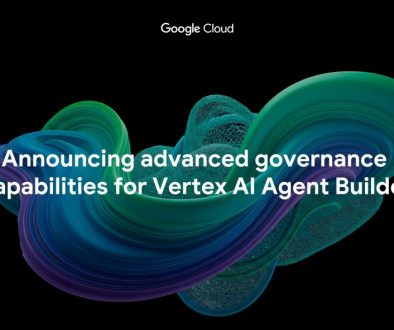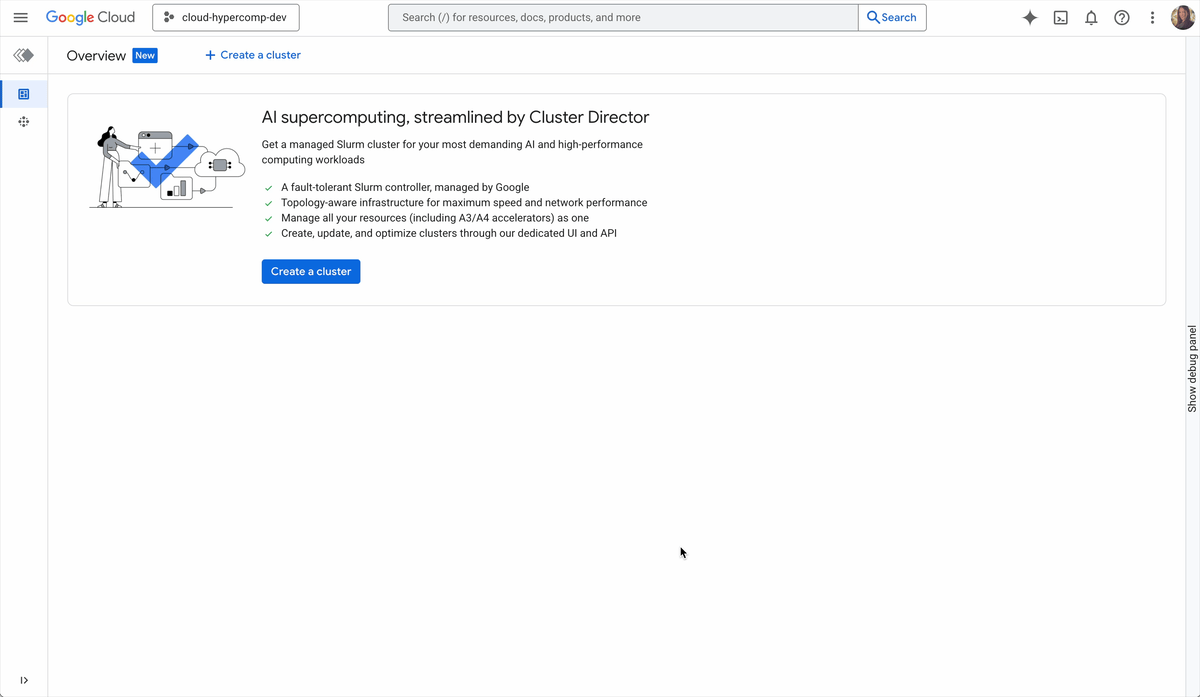GCP – Enhancing backup vaults with support for Persistent Disk, Hyperdisk, and multi-regions
To help protect against evolving digital threats like ransomware and malicious deletions, last year, we introduced backup vault in the Google Cloud Backup and DR service, with support for Compute Engine VM backups. This provided immutable and indelible backup capabilities for mission-critical VMs, for both VM metadata and all their attached disks.
Today, we’re announcing two enhancements to backup vaults that can help you protect more types of workloads, better:
-
Backup vaults now support standalone Persistent Disk (PD) and Hyperdisk backups. Now in preview, it enables the direct backup of data on individual disks, providing a granular alternative to backing up the entire virtual machine.
-
Backup vaults can now be created in multi-region locations. Now generally available it supports regional data resilience and helping to meet business continuity requirements.
Immutability and indelibility
Traditional backups have a well-known vulnerability. If a malicious actor gains access to your environment, if they attempt to delete or corrupt the backup, preventing recovery and thus causing business loss, there is nothing preventing this from happening. This is where backup vaults fundamentally change the game.
A backup vault provides a secure, isolated storage environment in Google-managed projects that helps ensure your backups are immutable (secured against data modification) and indelible (secured against data deletion), providing protection against cyber attacks such as ransomware. When creating a backup vault, you can specify that vaulted backups must be secured against modification and deletion — even by a backup administrator who would traditionally have the ability to expire backups — until the specified minimum enforced retention timeframe has elapsed.
Once a backup is stored in a vault, it’s logically air-gapped from your Google Cloud project, and cannot be changed during its user-defined enforced retention period. This means:
-
No deletion: The backup can’t be accidentally or deliberately deleted before its enforced retention period expires.
-
No alteration: The backup data cannot be changed, and remains exactly as it was when it was created.
This gives you the confidence that your crucial recovery points have not been modified, so they are available when you need them.
Backup Vault now supports Persistent Disk and Hyperdisk
Many applications rely on the durable storage provided by Persistent Disk and Hyperdisk. With support for Persistent Disk and Hyperdisk in addition to Compute Engine VMs, backup vaults now offer a holistic defense strategy for your entire compute environment:
-
For your VMs: Backup vaults can help protect your Compute Engine VMs (including VM metadata and all the attached disks). They can provide rapid and secure recovery of operating systems, configurations, application binaries, and all associated disks.
-
For critical data disks: Now you can secure specific Persistent Disks and Hyperdisks that contain application data, databases, and file shares. They can provide granular protection, for scenarios where a full VM backup isn’t necessary, or you want to optimize costs.
This integrated approach ensures that whether you need to restore an entire VM or a specific disk, your recovery points are secured in a backup vault.
Key benefits of unified backup vault protection
By centralizing your Compute Engine VM, Persistent Disk, and Hyperdisk backups within backup vaults, you gain a powerful suite of advantages that transform your data protection strategy from reactive to proactively resilient:
-
Unified interface for easy management: Easily define and enforce consistent backup policies (including backup frequency and retention period) across your entire organization. Manage backups for your Compute Engine VMs, Persistent Disks, and Hyperdisks from a unified interface, even across multiple Google Cloud projects, simplifying administration.
-
Comprehensive monitoring and reporting: Benefit from centralized monitoring, detailed reporting, and timely alerting capabilities that streamline your day-to-day backup management. This enhanced visibility also significantly aids in meeting stringent audit and compliance requirements by providing clear, verifiable records of your backup posture.
-
Proactive security integration: Elevate your overall security posture with integration to Security Command Center, enabling proactive detection of anomalous activities, such as unauthorized backup deletion attempts or suspicious policy changes, so you can respond swiftly and decisively to threats.
-
Reduced operational complexity: Consolidate your backup management processes, moving away from disparate, script-based, or manual solutions. Backup and DR service provides a streamlined, fully managed service that simplifies operations, reduces human error, and frees up valuable IT resources, so you can focus on innovation.
Here’s how it works
-
Create a backup vault: Begin by establishing a secure backup vault. This vault acts as your designated, isolated, and highly protected storage destination for all your managed backups.
-
Define a backup plan: Next, create a comprehensive backup plan, specifying parameters such as the desired backup frequency (how often your disks will be backed up), backup retention period, and designating the specific backup vault where the backup data will be stored.
-
Schedule your backups: Now you are ready to apply your backup plan to your desired Persistent Disks or Hyperdisks. The Backup and DR service automatically takes incremental crash-consistent backups according to your defined schedule, with no manual intervention on your part.
Once these backups are created and stored in your designated vault, the vault’s enforced retention policy is automatically applied, making the backups immutable and indelible for the specified enforced retention period.

Secure disaster recovery with multi-region backup vaults
In addition, you can now create backup vaults in Google-managed, multi-region locations. When using a multi-region backup vault, data is stored in more than one geographic region, thereby providing the security benefits of backup vault, while also making critical backup data available during unforeseen events.
Using multi-region backup vaults lets you:
-
Retain data access: Maintain accessibility and recoverability of critical backup data during a regional service disruption (such as natural disasters, power outages).
-
Satisfy business continuity requirements: Instill confidence in your business operations with your ability to perform on-demand, backup-based recoveries.
-
Secure your data: Retain all of the critical security benefits delivered by backup vaults.
Multi-region backup vault storage is generally available and currently supports Compute Engine full VM backups and disk backups to supported Locations. Complete this form to request access to the new feature.

Protect all your critical Compute Engine data
With the addition of multi-region backup vaults and disk-level backup, Backup and DR service can secure and recover critical Compute Engine data better than ever. Try the new capabilities yourself to optimize your VM data protection strategy.
Read More for the details.



